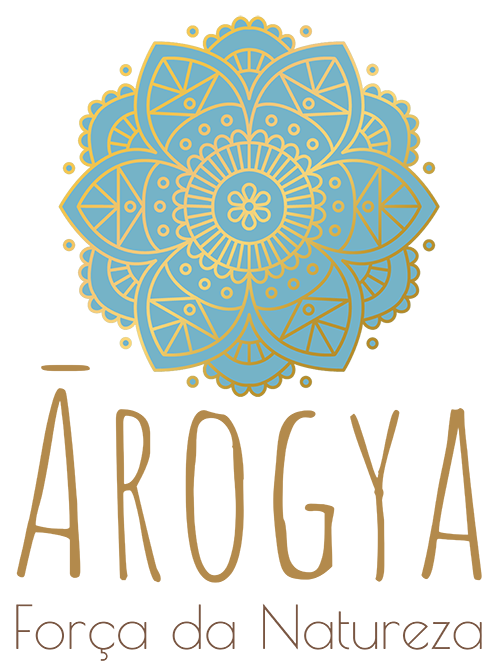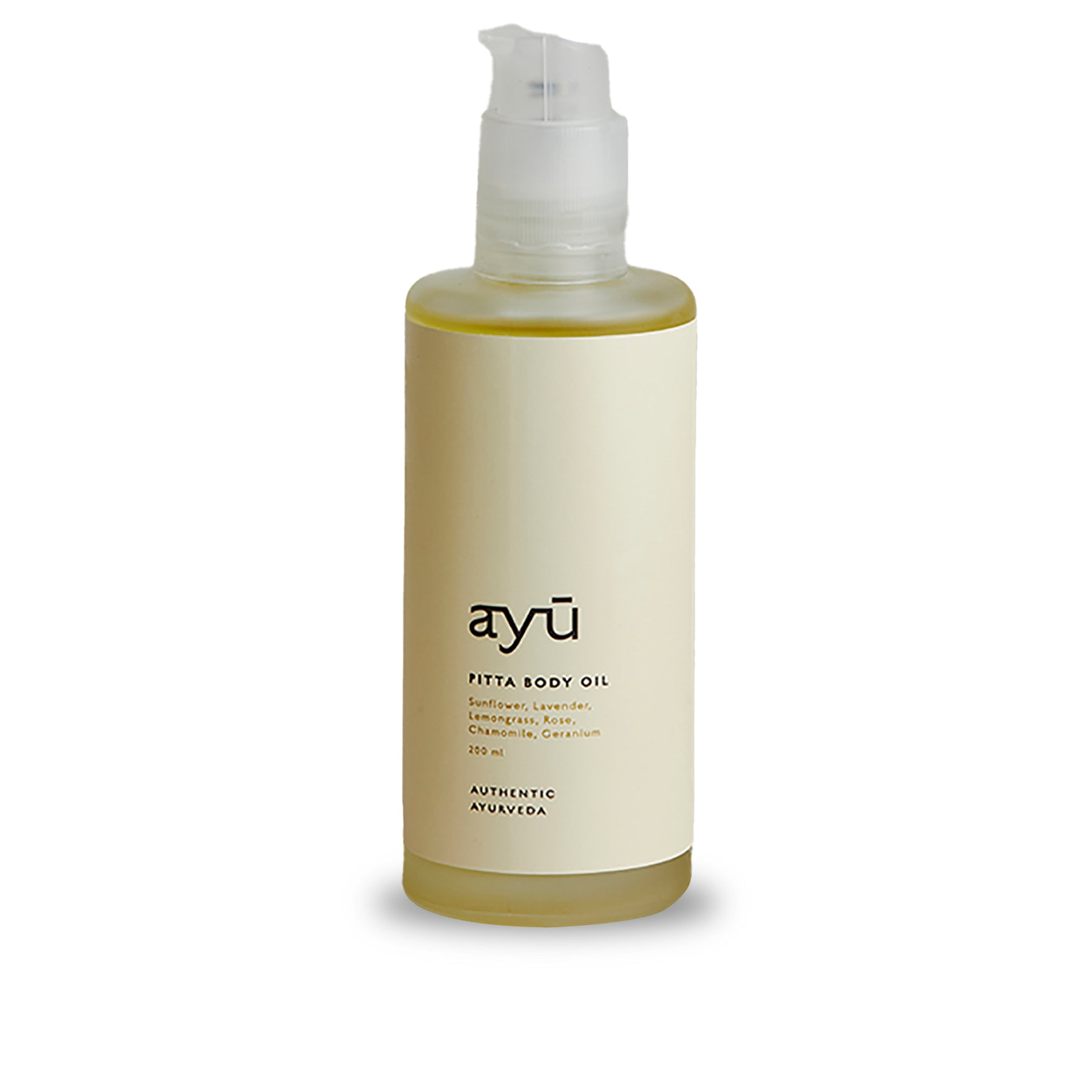
Panchakarma: Ayurvedic Detox
Panchakarma is the Sanskrit term for the Ayurvedic process of detoxification and purification of the body. The term is derived from the root words pancha, meaning "five," and karma, meaning "action," which here refers to the five treatments. The principles of panchakarma find mention in ancient texts from the Vedic period.
Panchakarma, a gem of the ancient system, successfully purifies the impurities in our body, which are thought to be the cause of a variety of diseases. It is an Ayurvedic detoxification technique that purifies the body.
Toxins are usually removed using five therapies: vamana, virechana, basthi, nasya, and rakthamoksha, as well as a panchakarma diet. Detoxification helps in strengthening and rejuvenating our immune system. By correcting vata, pitta, and kapha problems, panchakarma helps in balancing the doshas. In short, it promotes overall mental, physical, and spiritual well-being.
Why is detoxification necessary?
Toxins are produced mainly by pollutants in our environment, to which we are constantly exposed. And the environment doesn't just have to be the air or water around us; it can also include the food we eat every day. Exposure to toxins is bad for our health because it causes many negative effects on our body and weakens our immune system.

So what are the benefits of the detoxification process?
- It increases immunity and thus resistance to many diseases.
- It improves the circulatory system.
- helps to lose excess weight.
- It stimulates the lymphatic system.
- Nourishes and moisturises the skin.
- It strengthens the muscles.
- Boosts the digestive system
Is it possible to perform panchakarma at home?
Yes, try this homemade version of panchakarma, which Ayurvedic expert Vasana Lad recommends in The Complete Book of Ayurvedic Home Remedies, to get an idea of the benefits of panchakarma without the cost of going to a clinic. If you are pregnant, weak, anaemic, or disabled, you should avoid this programme. Most healthy people should benefit from the programme.
Getting Started
To begin, identify your Ayurvedic constitution, which is made up of the three doshas. One dosha is primary, another is secondary, and the third is the least predominant in most people. Test your Dosha.
Prepare your body and mind by not eating animal products, having sex, drinking alcohol, drinking coffee, doing drugs, or smoking.
Instead of engaging in intense physical or mental activities, all time should be spent relaxing. Rest, take a walk in the forest, read light literature, and practise yoga and meditation in moderation.
Ideally, you should do this mini-programme during a week's holiday to get away from the daily routine. If your family life is hectic, rent a cabin in the woods where you can be alone. Spend your time resting, walking in nature, reading light literature, and practising yoga and gentle meditation. Do at least days 1-3 during the work week and days 4-8 during a long weekend.
An important caveat: this programme, according to Lad, triggers old, unresolved emotions hidden in our inner connective tissue. To achieve this, he advises resisting the urge to suppress them and engaging in frequent meditation to calm your heart and soul.

PANCHAKARMA DAYS 1-3
Early in the morning, drink 2 tablespoons of warmed ghee (if you have high cholesterol, triglyceride or blood sugar levels, replace the ghee with 2 tablespoons of flaxseed or coconut oil 15 minutes before meals for three days). People with a Vata constitution should add a pinch of rock salt to their ghee, while those with a Kapha constitution should add a pinch of trikatu (made from three pungent plants; trikatu consists of black pepper, ginger, and long pepper).
Maintain your diet to balance your dosha. Every evening, combine 1/2 to 1 teaspoon of Triphala powder with 1/2 cup of boiling water in a cup, let it sit for 10 minutes, and drink or eat 1 teaspoon of Chyawanprash. This laxative is mild but nourishing.
PANCHAKARMA DAYS 4-5
Breakfast, lunch and dinner should all consist of kitchari. Drink a tea suitable for your predominant dosha, letting it sit for 1/2 to 1 teaspoon for 5 minutes before drinking.
Vata Tea: Ground Ginger, Cumin and Coriander in equal parts. You may also like to try our Energise or the Relax tea.
Pitta Tea: Ground cumin, coriander and fennel in equal parts. You may also like to try our Purify or the Relax tea.
Kapha Tea: Ground ginger, Cinnamon and a pinch of Clove.You may also like to try our Purify or the Energise Tea.
Massage your body with warm oil for 15 to 20 minutes before going to bed:
-
Vata (dry skin)
Heavy oils such as Oil for Dosha Vata, Sweet Almond Oil, Sesame Oil, or Avocado Oil should be used. Sandalwood, Pine, Orange, Jasmine, Lavender, Ylang Ylang, Eucalyptus and Tulsi are essential oils for Vata. -
Pitta (sensitive or overheated skin)
Use Oil for Dosha Pitta apply a neutral oil such as Coconut Oil, Neem Oil, or Sunflower Oil. Sandalwood, Pine, Jasmine, Lime, Peppermint, Lavender, Ylang Ylang and Tulsi are essential oils for Pitta. -
Kapha (oily skin)
Use a light oil such as Oil for Dosha Kapha, Sesame Oil, Linseed Oil, Sunflower Oil or Mustard Oil to massage your skin. For Kapha, less oil is usually needed. Tulsi, Sandalwood, Eucalyptus, Peppermint and Cedarwood are essential oils for Kapha.
Note: Each carrier oil (vegetable) may be used alone, or in combination with other carrier oils and essential oils; however when blending with essential oils please bear in mind that it should not exceed 1% of the total content, e.g. if you are using 10ml massage oil, do not add more than 0.1ml essential oil. One drop of essential oil equals 0.05 ml, while two drops equals 0.1 ml (approximately).

Let your skin absorb the oil for a few minutes before taking a hot shower or bath. Gently wash your body with a natural soap or scrub, but leave some oil on your skin.
Every night before bedtime, mix 1/2 to 1 teaspoon Triphala powder with 1/2 cup boiling water in a glass, steep for 10 minutes, and drink warm, or eat 1 teaspoon Chyawanprash.
PANCHAKARMA DAYS 6-8
Continue your kitchari and tea routine, the intake of triphala, or eating a teaspoon of Chyawanprash, as well as your massage and evening shower.
In terms of the panchakarma diet, kichadi/kitchari (made with basmati rice and moong dal) is the best option because it is a completely balanced and nutritious food. It can be spiced with turmeric, cumin, ginger, coriander, fenugreek seeds, and mustard to satisfy the taste buds. Click here to see the recipe.
Panchakarma will increase your self-awareness, self-esteem, and self-love. With regular exercise, your life will begin to shine as your body and mind become more and more purified. This is the essence of ayurveda, the science of longevity.
How often and when
Traditionally, Ayurveda suggests doing panchakarma with the change of seasons, so about three times a year. Whenever there are transitions, things can lose balance and accumulations occur.
Final Thoughts
Although the previous steps are more or less involved in the physical conditions, it is also fundamental to manage the psychological aspects during the treatment period.
- Carry out the treatment in a peaceful environment.
- Switch off all electronic devices while undergoing the therapy.
- If possible, schedule a detox period during your holiday.
- Yoga and meditation can help you control your energy loss.
- Practice Pranayama to keep your mind and body at ease.
Please bear in mind that the information on www.arogya.earth/en is not intended to cure or prevent any disease or medical condition and is not intended to be a substitute for other therapies or medical advice.





















Leave a comment
This site is protected by hCaptcha and the hCaptcha Privacy Policy and Terms of Service apply.